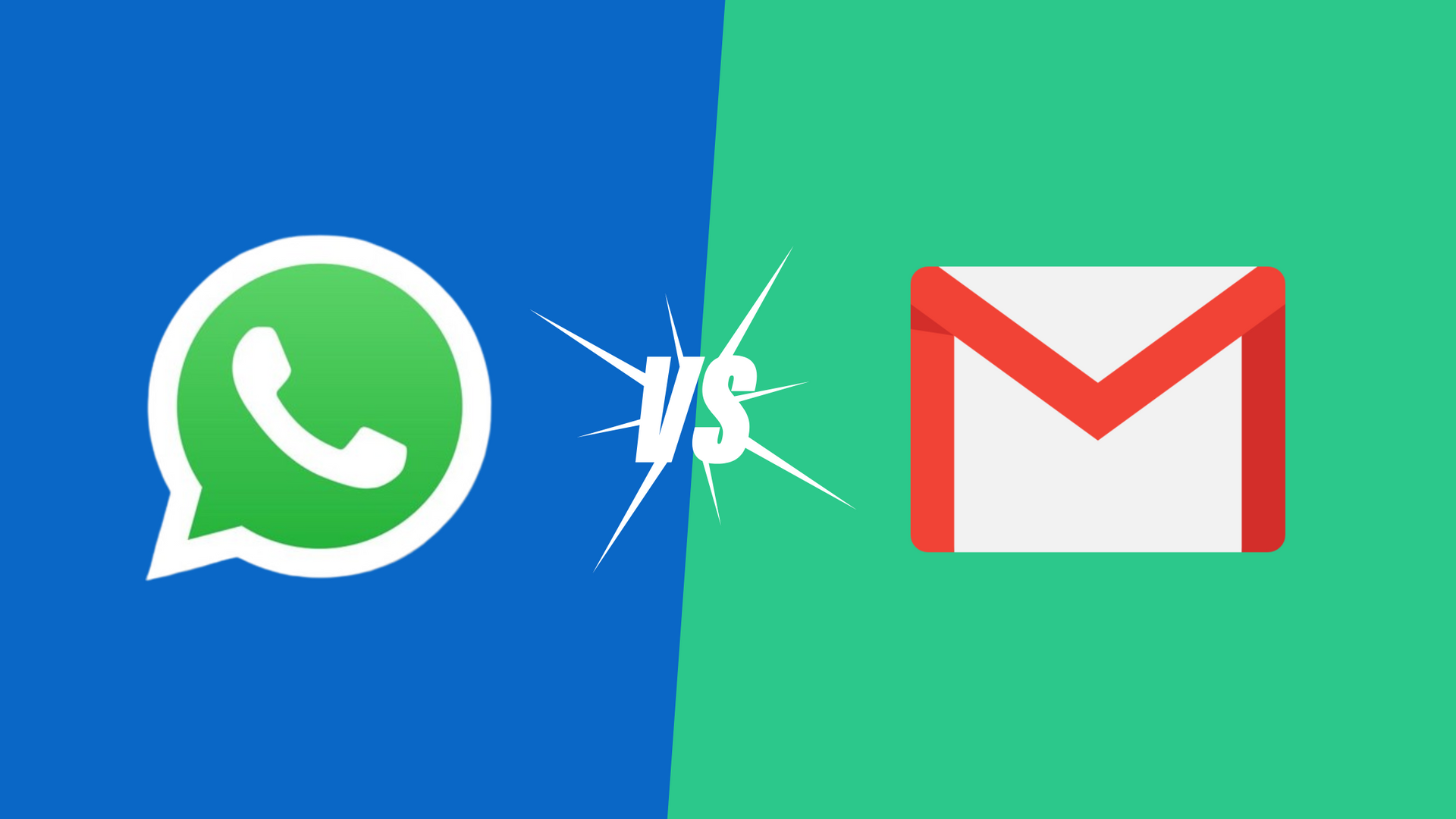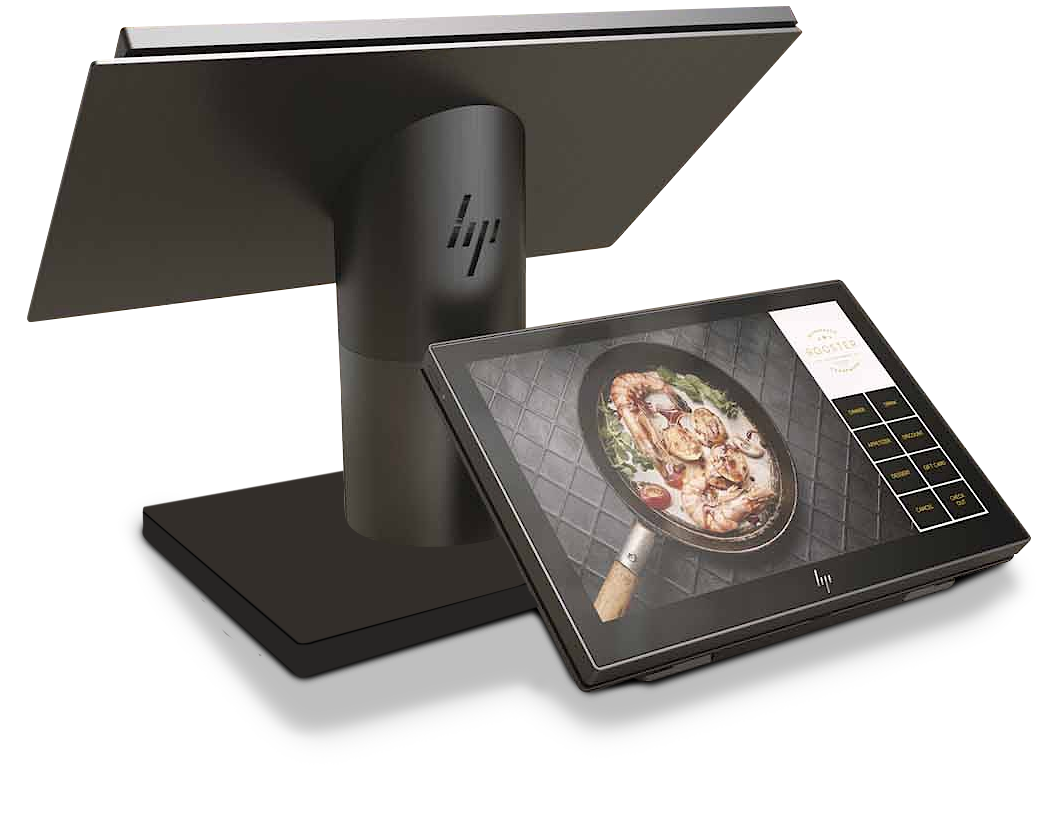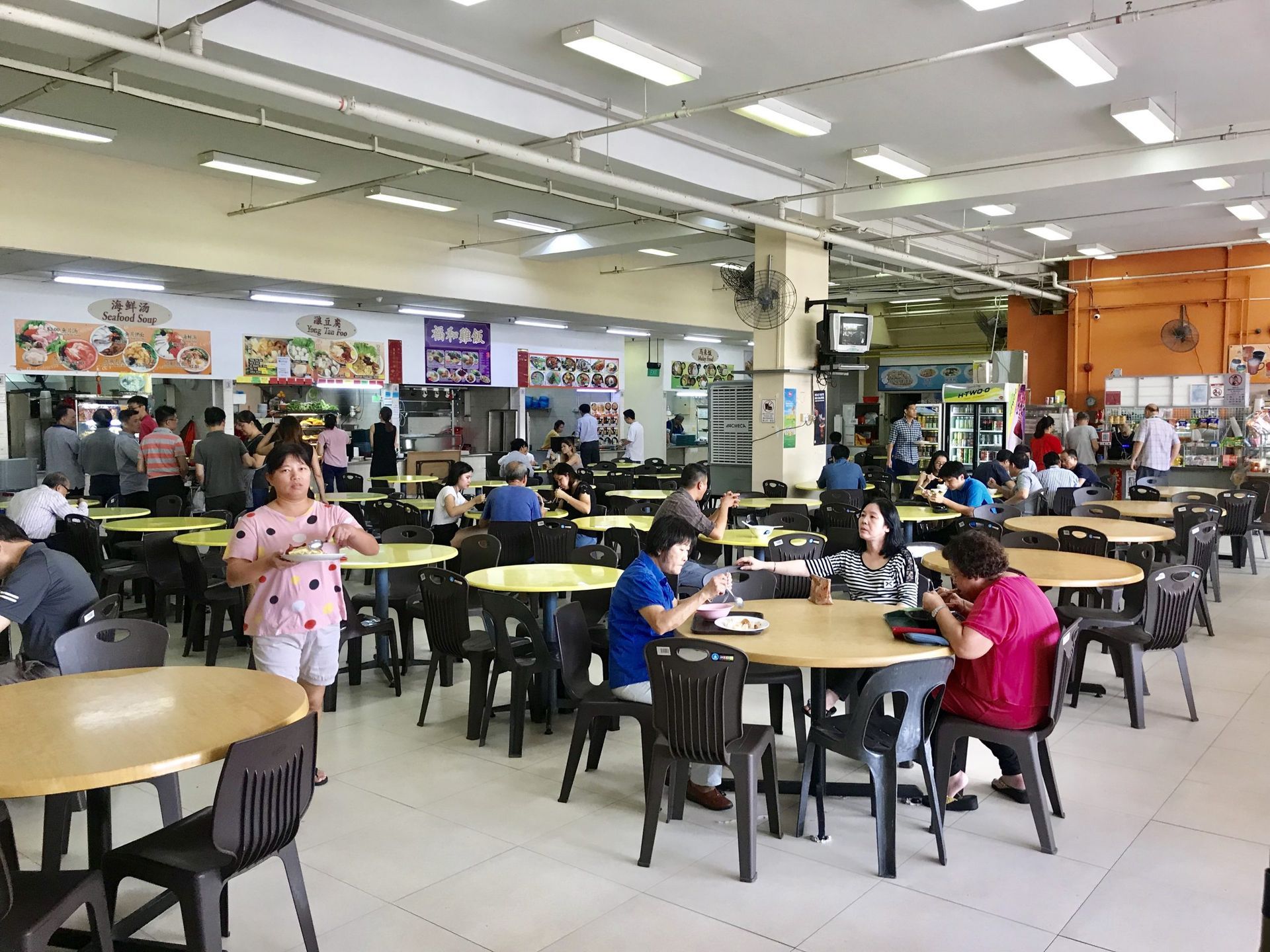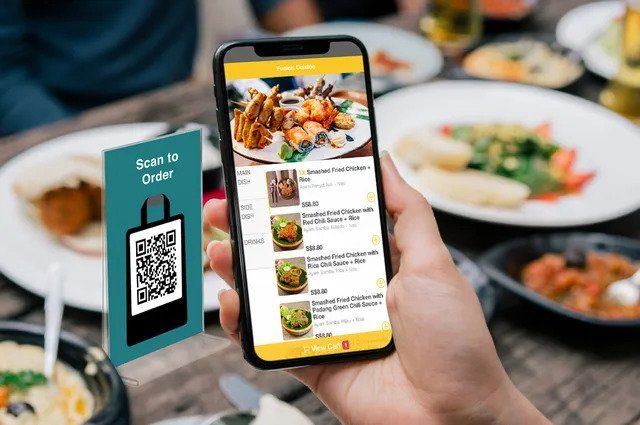Starting an F&B business in Singapore? Learn how CRM systems boost loyalty, improve operations, and drive smarter marketing for restaurants and cafes.
Launching a food & beverage business in Singapore is exciting—but it comes with intense competition. If you want to build strong customer loyalty, improve daily operations, and grow your brand faster, a Customer Relationship Management (CRM) system might just be your best tool.
Here’s how CRM can transform your restaurant, cafe, or food stall from day one.
1. Build Loyal Customers From Day One
CRM systems help you track customer visits, spending habits, and preferences. This lets you create highly personalized promotions and loyalty programs—turning one-time customers into repeat regulars. You’ll know who your best customers are and how to keep them coming back.
2. Launch Memberships & Cashback That Work
With CRM-linked membership programs, customers can:
- Earn points or cashback on purchases
- Redeem e-vouchers or discounts
- Track rewards via mobile
This drives repeat visits and increases customer satisfaction, especially in a loyalty-driven market like Singapore.
3. Smarter Marketing With Real Data
CRM tools let you group customers based on behavior (e.g., frequent lunch diners, dessert lovers) and send targeted promos that get results. No more guesswork—just smarter marketing with better ROI.
4. Integrate Seamlessly With POS & Ordering Systems
The best CRMs connect to your POS system, self-ordering kiosks, and QR ordering platforms, giving you a 360° view of every customer interaction—from order to payment to promotion usage.
5. Make Data-Driven Decisions
See what dishes are most loved, what promotions actually work, and what time your regulars show up. These insights help you make decisions that grow your F&B business sustainably.
6. Save Time on Admin Work
Instead of tracking memberships manually, your CRM automates everything—from managing cashback balances to auto-sending birthday vouchers. Spend more time focusing on food and service, less on admin.
Final Thoughts
For any F&B startup in Singapore, CRM is no longer a luxury—it’s a growth tool. When combined with the right POS and digital ordering solutions, it helps you serve better, sell smarter, and scale faster.
If you're opening a restaurant, cafe, bubble tea shop, or even a kiosk, investing in CRM early sets you up for long-term success. Click here to send us an enquiry to find out more if you are interested!











